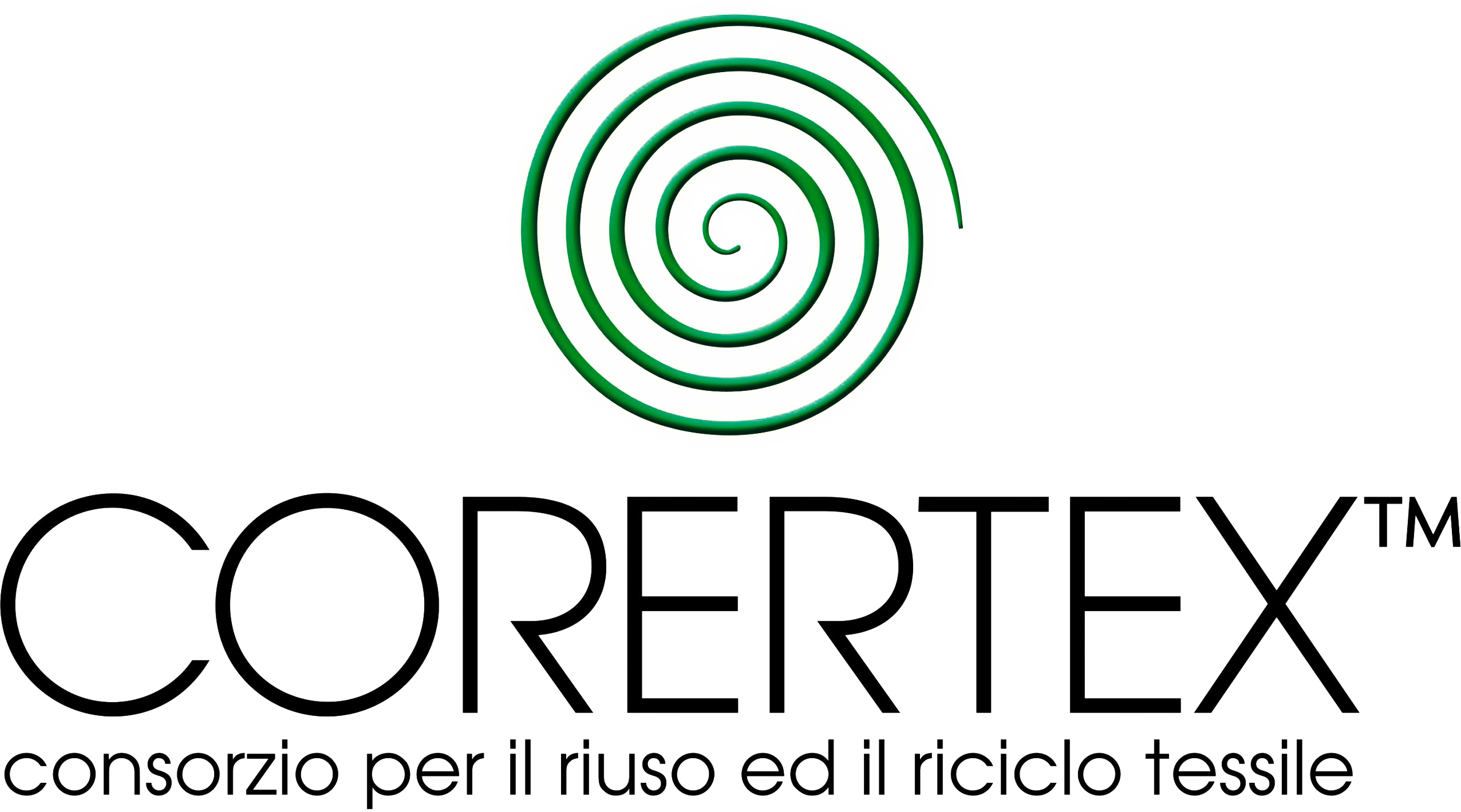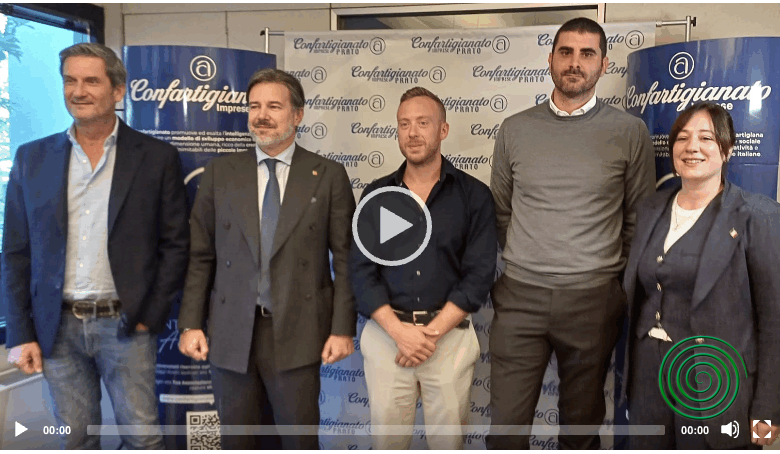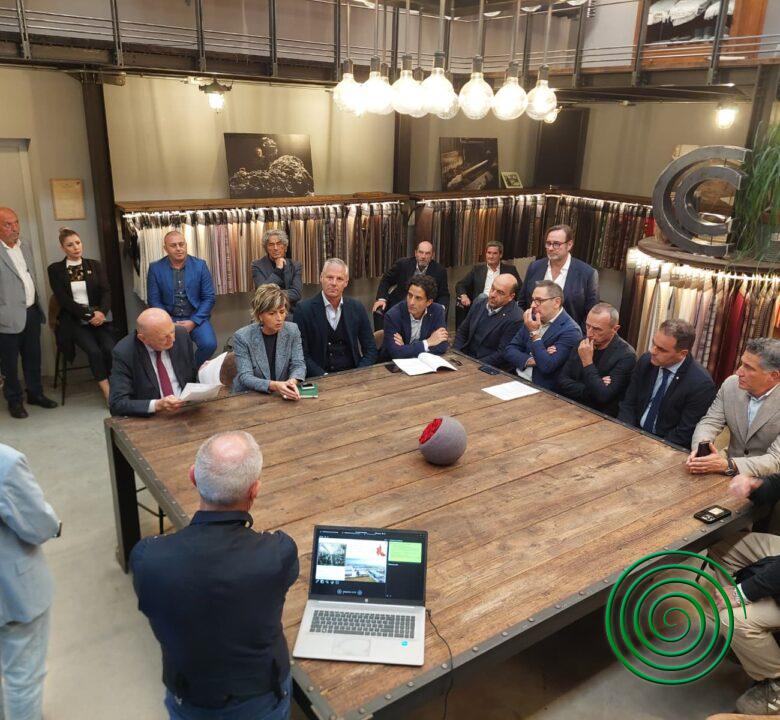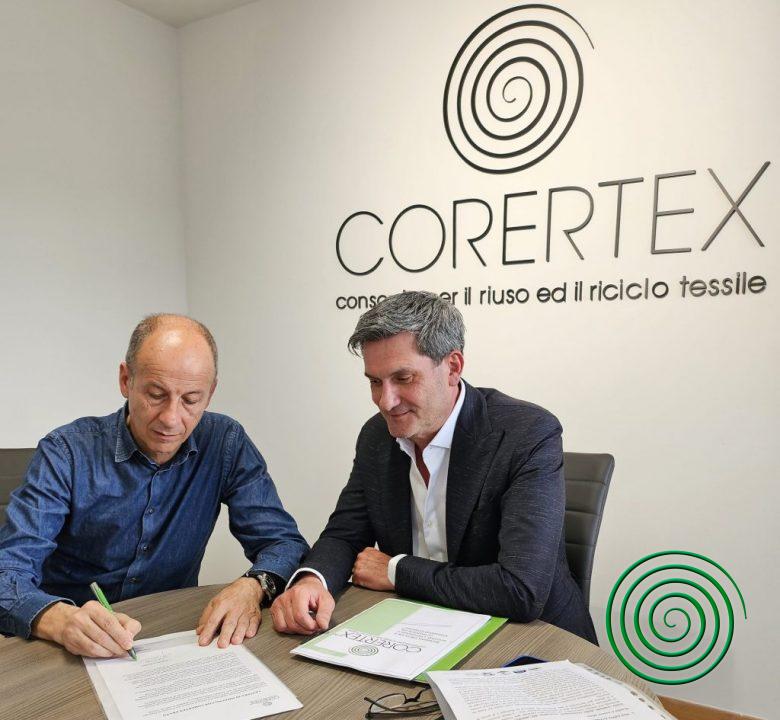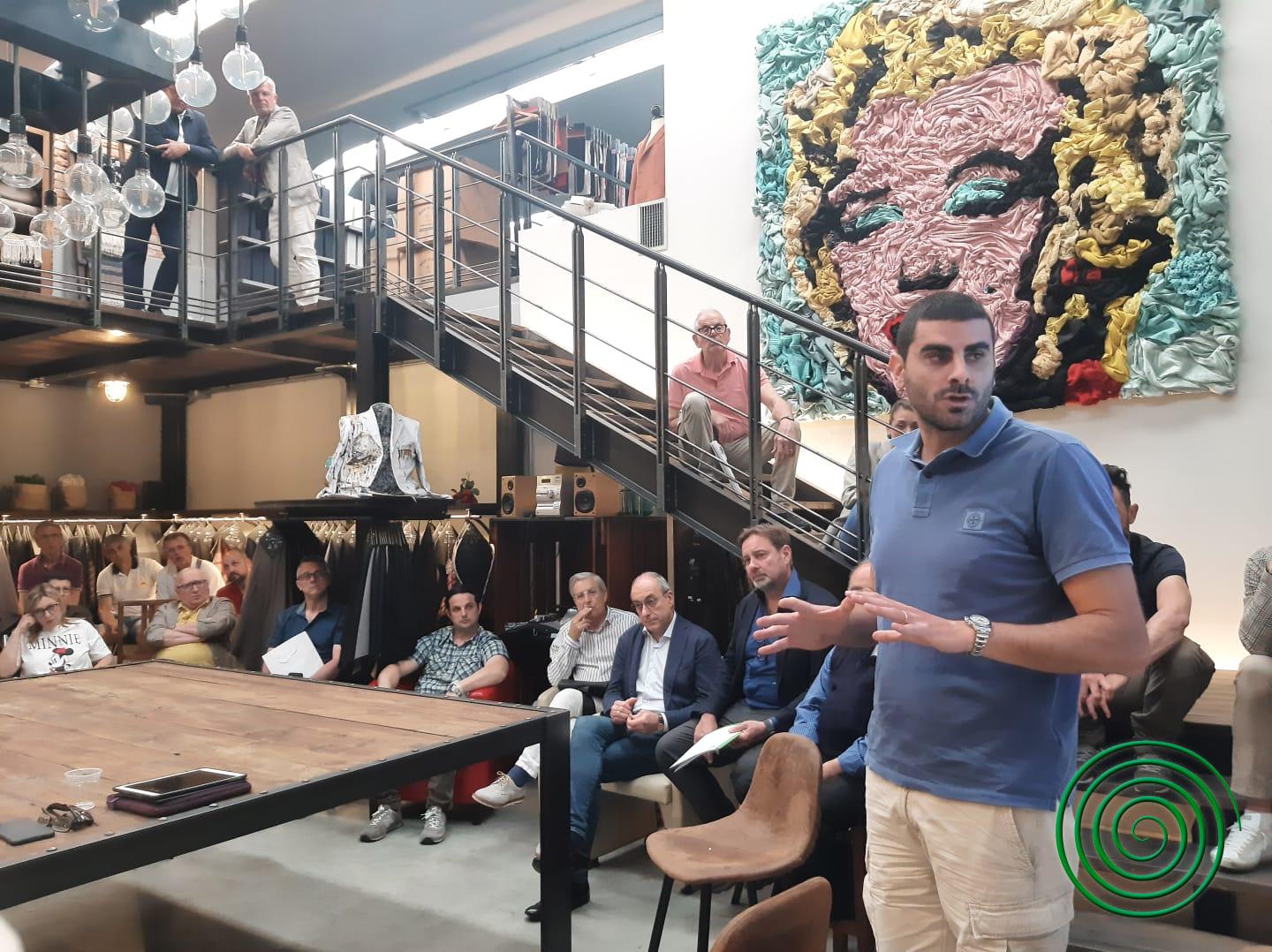
Reuse and Recycling Team Up for the Future of Textiles on TV Prato
December 20, 2020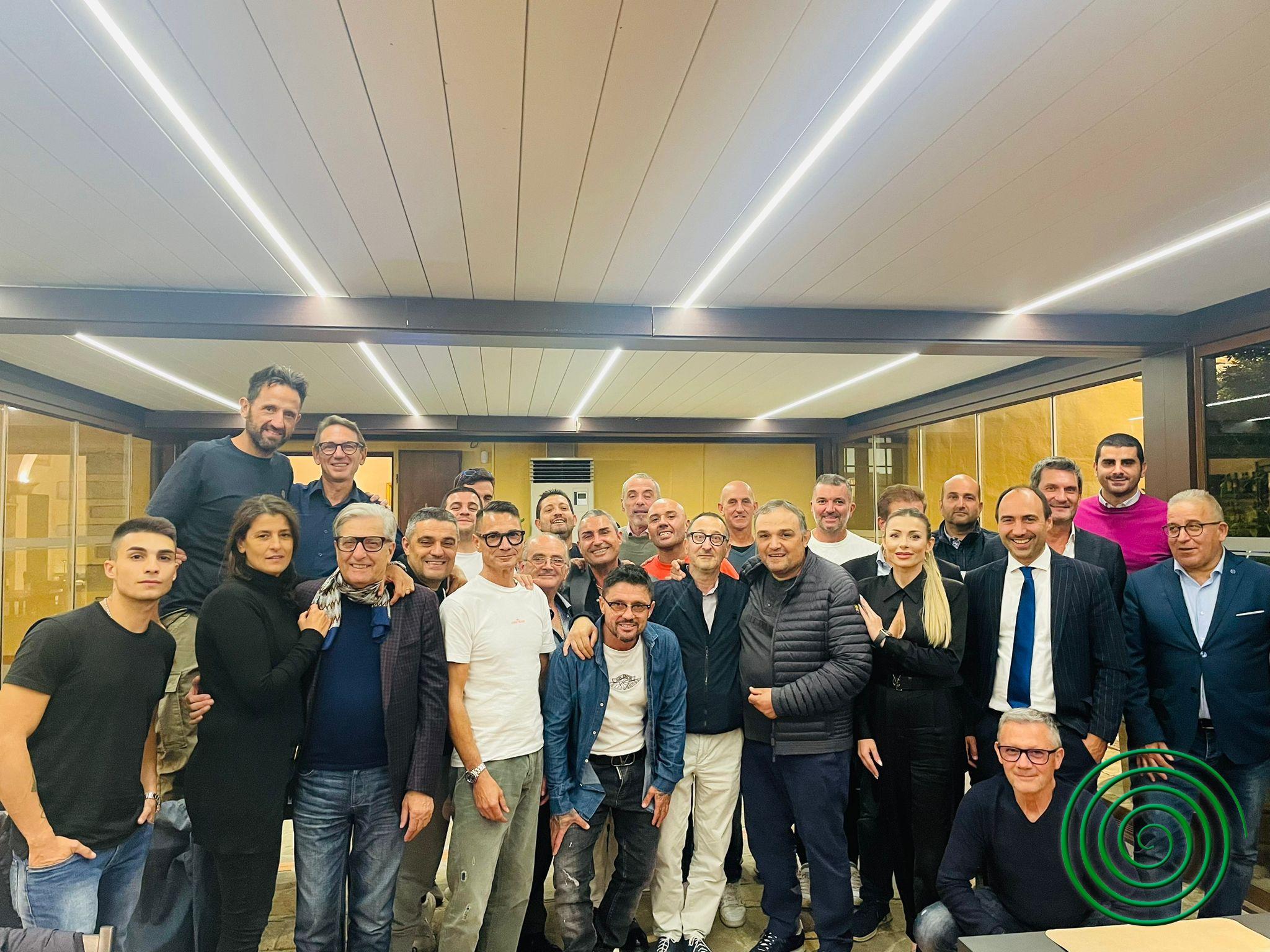
Expanded Corertex Board of Directors
November 8, 2022Corertex, the consortium for textile reuse and recycling, continues to grow. Last week, the board of directors approved the inclusion of six new companies within the consortium after they obtained certification demonstrating compliance with the ethical standards outlined in Corertex’s statute.
This progression is a precise and punctual journey to ensure maximum transparency in the consortium’s activities, which has already initiated dialogue with local institutions. The new entrants are New Comindusa, Rantex, Mitumbatex, Future Evolution, Polo spedizioni, and Lmpt, with the latter two being companies from Livorno and Parma respectively, highlighting the consortium’s growing national relevance.
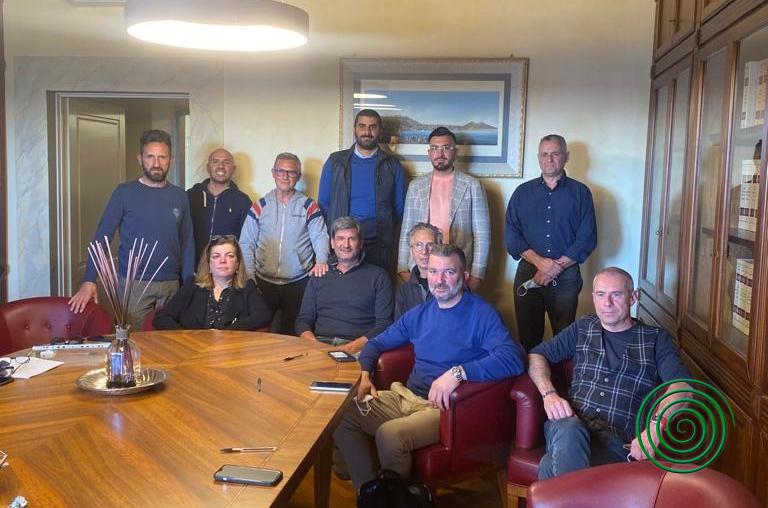
“A Public Information Campaign is Needed”
A need for direct public information on the correct methods for disposing of used clothing emerged from the discussion among members. After a joint survey by Alia, Regione Toscana, and other territorial bodies, it was discovered that between October and November 2021 in the Ato Centro area, only 15% of used garments were recycled, while the rest ended up in landfills. Corertex has taken action to delve deeper into these figures.
“We wanted to personally verify the trend in the correct sorting of used clothes, putting ourselves in the shoes of a citizen looking to dispose of unworn items,” says Corertex President Raffaello De Salvo. “The survey numbers were somewhat startling, and unfortunately, further research revealed a great deal of confusion among the public.”
Some responses to Corertex’s research stated there isn’t legislation governing the collection of textile waste, so it should be placed in non-recyclable waste bags. Others believed that while sorting textiles is approved, it is not yet active, leading to clothes being discarded as non-recyclable waste. These are misconceptions since clothes should enter the reuse and recycling circuit.
“While there are sites correctly advising to deposit discarded garments in designated clothing bins or wait for the usual door-to-door collections organized by municipalities, it’s clear that information on activities related to our sector is still insufficient,” continues De Salvo. “I want to remind everyone that post-consumer items thrown in non-recyclable waste cannot be incinerated but can only be used for energy recovery or landfilled. This is particularly problematic in Tuscany, where there are no waste-to-energy plants, resulting in significant environmental and economic damage.”.
After discussions with Montemurlo’s Mayor Simone Calamai and continuous contact with Alia, Corertex invites the organization of “joint information campaigns aimed at citizens, who are increasingly attentive and sensitive to environmental issues.”
“We need to re-communicate the proper disposal of these materials, which can and must be reused or recycled,” concludes De Salvo. “Italy is among the top producers of textile items worldwide, yet we don’t have a kilogram of raw material in our territory and must import everything. Especially in this time of severe economic crisis, we cannot afford to waste valuable materials that can re-enter a virtuous cycle, benefiting both the environment and economy.” De Salvo appeals to public and private entities in Tuscany and nationally, advising them to contact the consortium for guidance on properly valuing used garments that can be recycled up to 97%, before resorting to landfill disposal, which results in double damage.
